Photo Diary
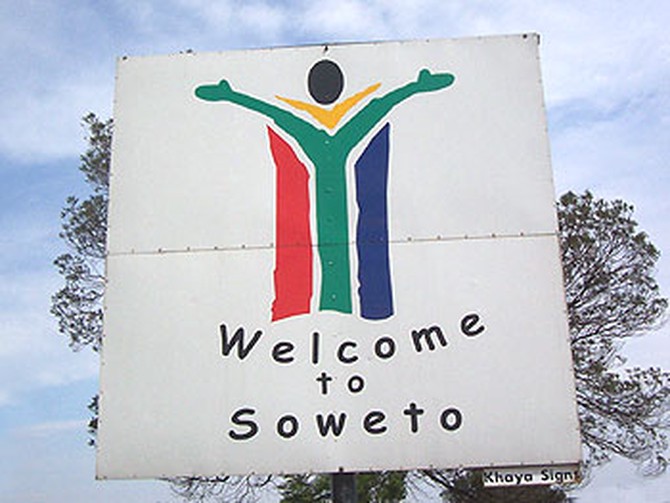
Welcome to Soweto. Although it began as a shantytown in the 1930s, it is now the largest black city in South Africa. Until 1976 its population could have status only as temporary residents, serving as a workforce for Johannesburg.
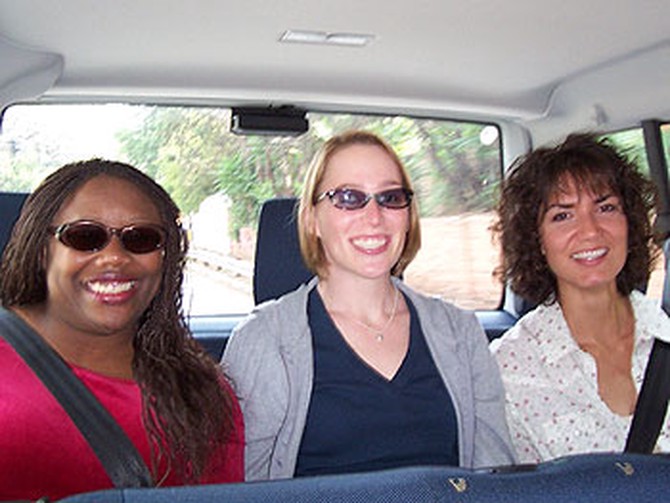
Tiffany, Carri and Marina in the van on the way to Soweto.

You can see Soweto across this playground.
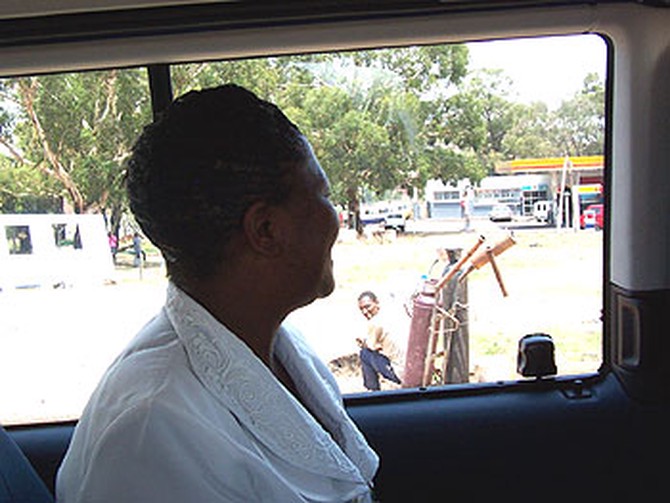
Our tour guide, Rafweala, looks at Soweto outside the van window.
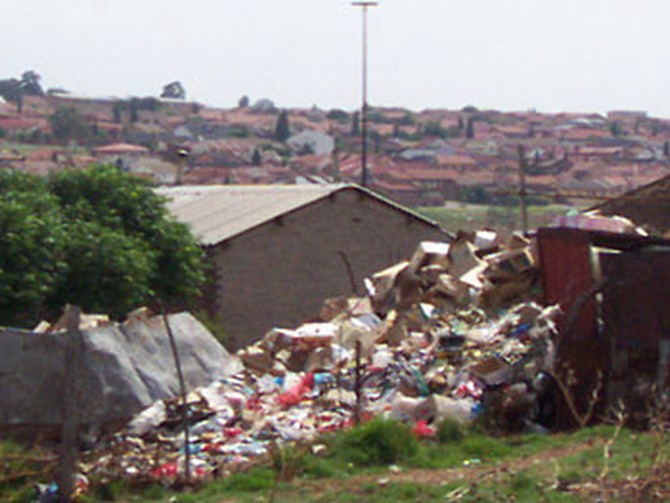
Soweto is a city of contrasts: luxurious mansions across the road from tin shanties, green fields and streams around the corner from piles of garbage, the biggest public hospital in the world with the world's highest HIV infection rate, and a friendliness and cheerfulness that disguises a high unemployment rate.
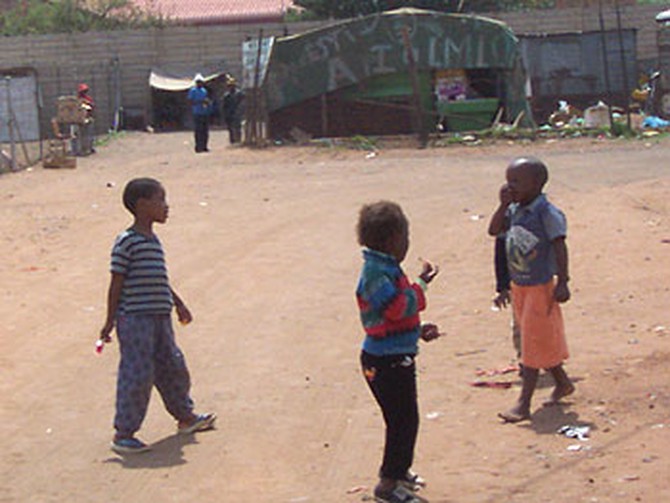
We visit the Motsoaledi squatter camp, a jumble of corrugated metal shacks and crooked dirt paths that sprang up in 1993 on grazing land at the southern tip of the township. About 1,300 families live here on lots measuring 50 feet by 50 feet. Unemployment is about 60 percent. They have no running water, only communal water taps. No electricity. No sewage system. The community shares 200 chemical toilets that often overflow into the streets.

Four children stopped to check out our camera crew.
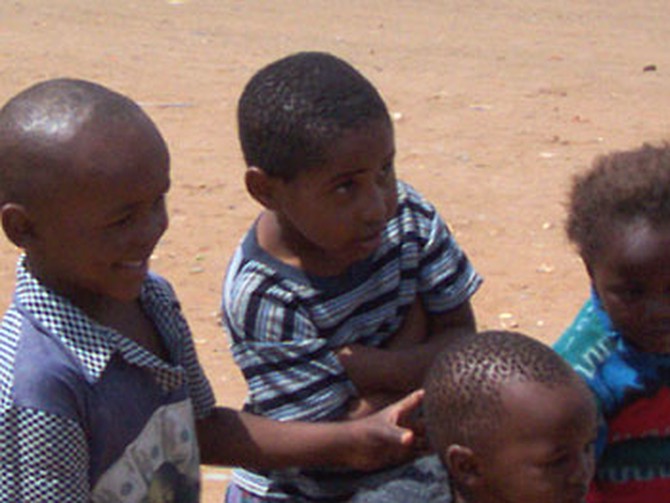
Tours through informal settlements like Motsoaledi are so frequent the children are unafraid of tour groups.
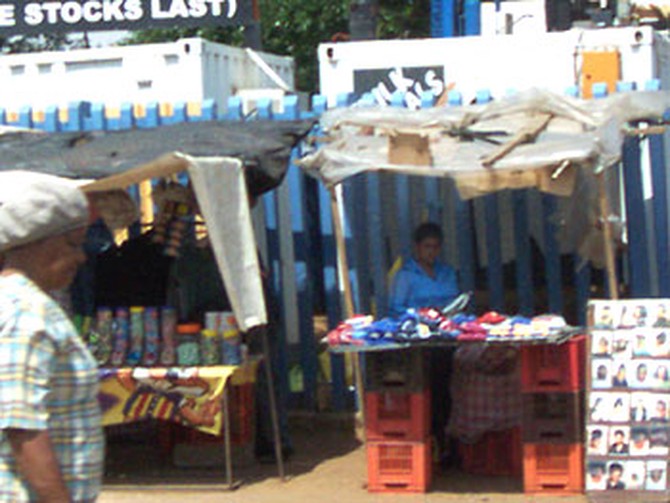
Here's a picture of one of Soweto's street markets where people barter and trade for goods.
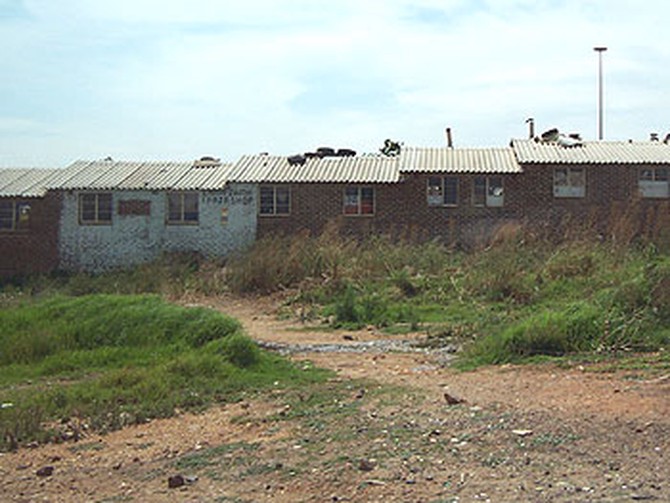
These are the original miner dormitories built in the 1920s. They were meant only for men, and it was illegal for women to live there. Eventually, miners began bringing their wives and families to live there too. Today it is illegal for anyone to live there, but due to a shortage of housing alternatives they are still occupied.
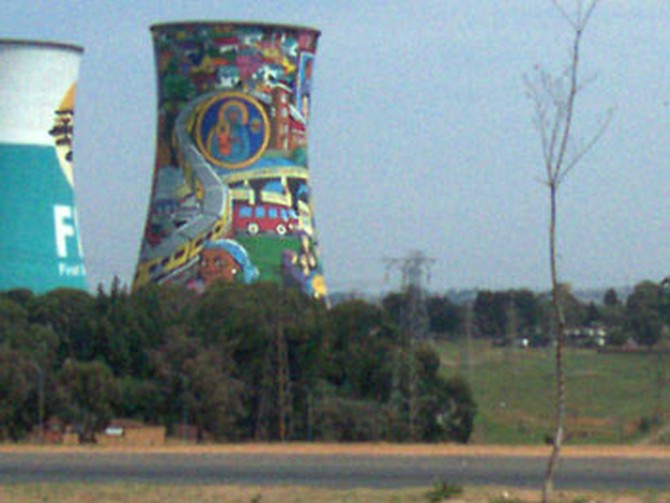
These brightly painted towers are part of the Orlando Power Station. For years it was used as a power generating plant to supply electricity to the suburbs of Johannesburg—not to the homes in Soweto. The plant was closed down when it became too expensive to maintain.
First National Bank (FNB) commissioned the murals and the painting of both the brightly colored towers.
First National Bank (FNB) commissioned the murals and the painting of both the brightly colored towers.
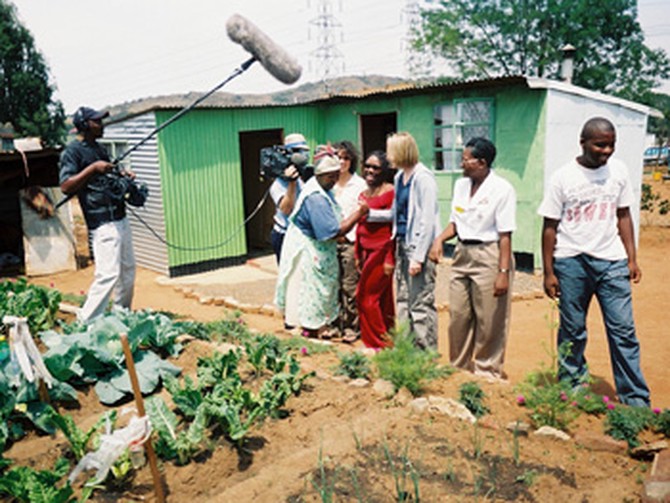
As our travelers continued their tour of Motsoaledi, we encountered a woman proudly tending her garden. The residents of Motsoaledi, unlike many squatter camps, have been promised title to the land and hope to someday build homes on it.
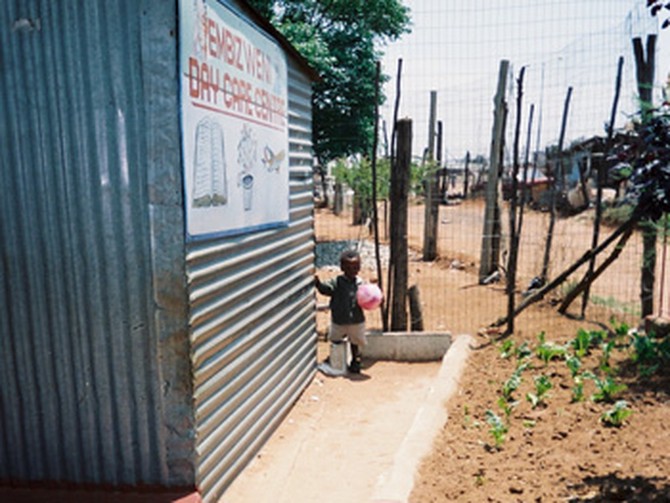
Next stop: The Jembizweni Daycare Center.
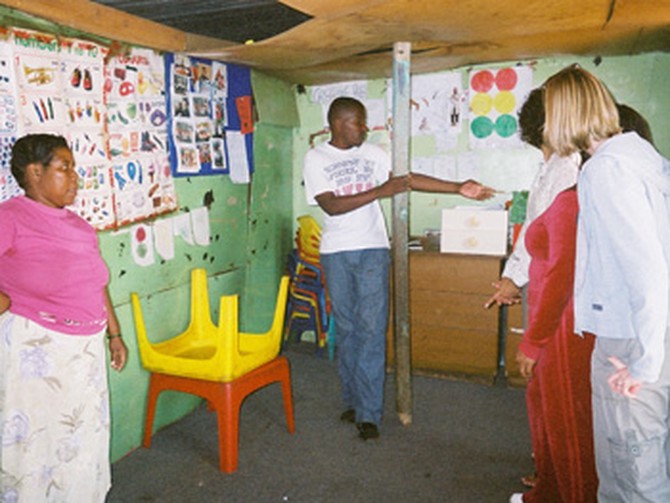
Inside the daycare, the teacher and the guide showed the rudimentary materials they have to teach the kids.
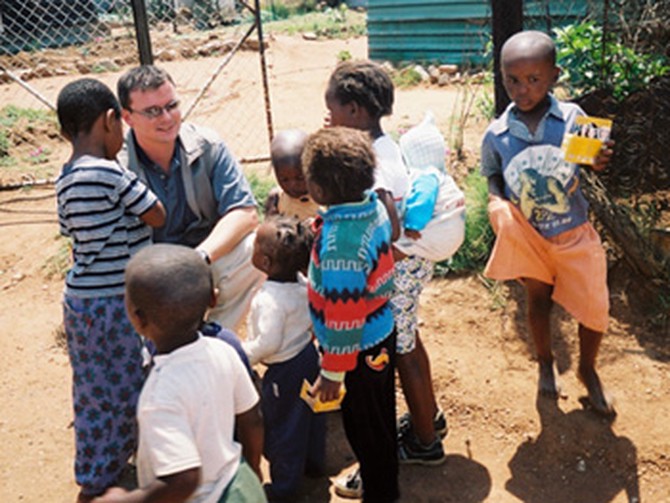
Jonathan, one of our security guards, stops to teach some children a few words in English outside of the Jembizweni Daycare Center.
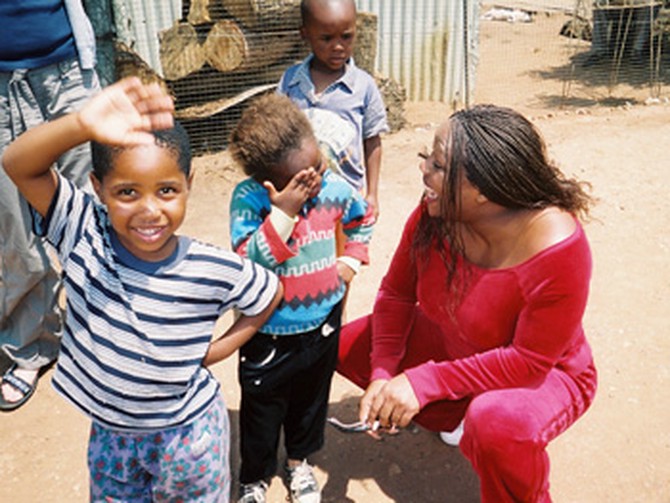
Tiffany shares a laugh with some of the children.
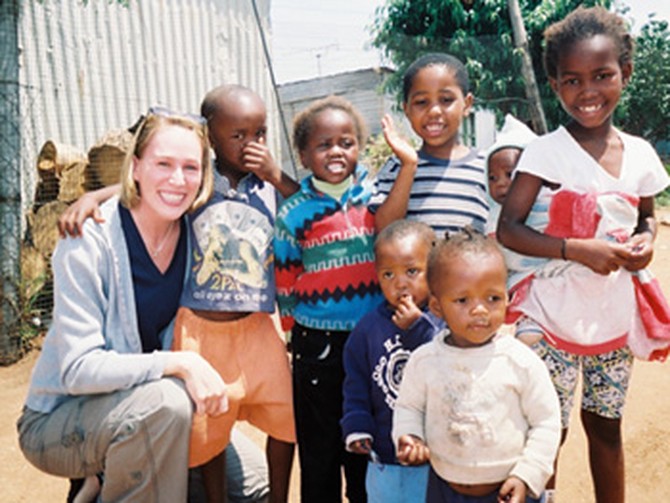
Carri poses with some of the children from the Jembizweni Daycare Center. One girl (on the far right) couldn't have been more than six years old and had one of her baby siblings strapped to her back.
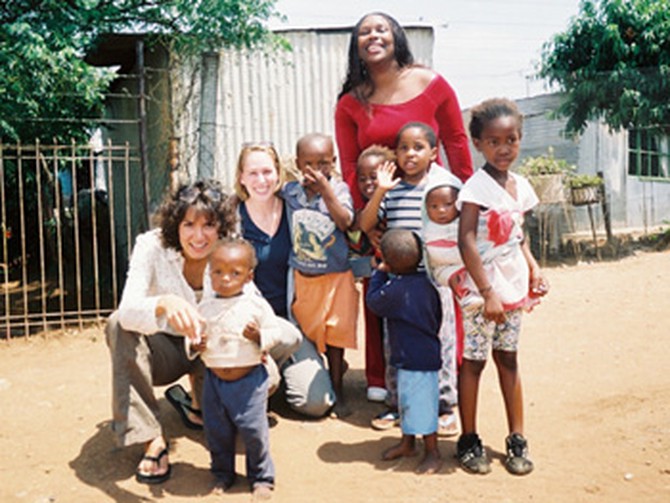
Marina, Carri and Tiffany take one last picture with the children at the Jembizweni Daycare Center before it's time for us to go.
On Day Four, it's time for a trip to the Apartheid Museum.
On Day Four, it's time for a trip to the Apartheid Museum.
Published 01/01/2006

